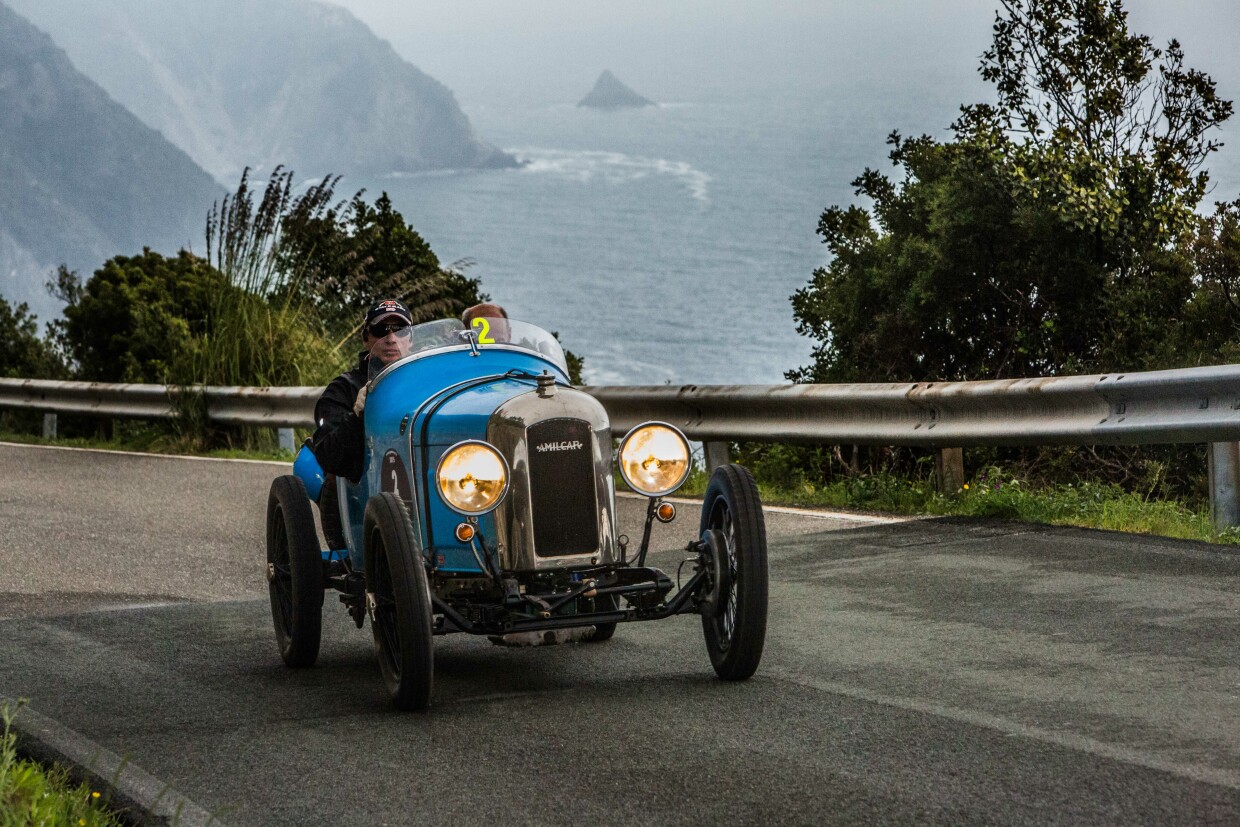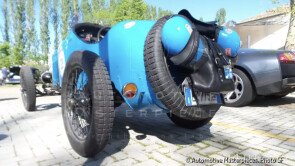
1927 Amilcar CGSS
ON/OFF
Why am I an Automotive Masterpiece?
The Amilcar was a French automobile manufactured from 1921 to 1939.
Production began in France in 1923 with the CGS model, this would be replaced by the CGSS (or CGSs) in 1926 which would stay in production until 1929.
The primary difference between the CGS and the CGSS was that the latter model had a new chassis that was closer to the ground, offering a better centre of gravity. The extra S, standing for surbaisse, represented its lowered chassis.
The four-cylinder engine produced around 30 horsepower. Their strength was in their lightweight construction which resulted in around a 1250 pound overall weight. Performance was further enhanced with the four-wheel brakes, while many of their competitors preferred brakes on two wheels. To keep constant braking pressure to the front wheels during cornering, Amilcar created a sliding rod inside the kingpin which helped accomplish this feat.
The CGSS featured a revised camshaft, larger sump volume, improved steering box, short wheelbase and larger brakes. The later examples also featured a 4-speed gearbox.
As the CGSS was designed to race in the sub-1100cc class it was fitted with a 1074cc straight 4 capable of 35hp and a top speed in the 75 to 85mph range, depending on the state of tune.
The CGSS was effectively an updated and sportier version of the popular CGS that had been available for the previous two years.
Buyers had a choice of various body styles from a coupe to the iconic staggered-seat, pointed-tail roadster.
This Manx version of the French cyclecar has been bodied by Boone & Porter, the Amilcar's importer for the UK.





